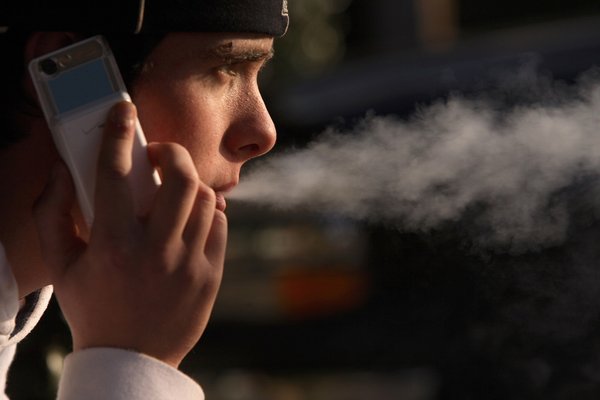1 in 20 School-Aged Kids Use Smokeless Tobacco
Susan E. Matthews, Everyday Health Staff Writer
Approximately 1 in 20 school-aged U.S. kids use smokeless tobacco products such as dip, chewing tobacco or snuff, a new study found. While smokeless products are often promoted by tobacco companies as “healthier” options, the study also found that teens who use them are not replacing traditional tobacco with smokeless tobacco, but instead are using both.
Since young people aren’t switching products and are instead combining them, any potential health benefits associated with switching to smokeless brands are lost. In fact, by using both types of products, young adults may actually be increasing their risks for tobacco-associated illnesses.
And in a blow to the idea that transitioning to smokeless products might help teens quit tobacco, the survey showed that less than half — 40.1 percent — of smokeless tobacco users intended to quit.
Researchers from the Harvard School of Public Health used data from the 2011 National Youth Tobacco Survey, which included more than 18,000 students in grades 6 through 12 who were asked about their use of a variety of tobacco products over the previous 30 days. Of the surveyed students, 5.6 percent used smokeless tobacco products, and 72.1 percent of these students also used conventional tobacco products including cigarettes, cigars, and water pipes.
In recent years, several novel forms of smokeless tobacco have come onto the market, such as snus, which is moist snuff, and dissolvable tobacco. Of the students using smokeless tobacco, 5 percent used traditional products, while 1.9 percent used snus, and 0.3 percent used the dissolvable tobacco. Compared to traditional smokeless tobacco and cigarettes, these products contain fewer carcinogenic nitrosamines, and may pose less health risk. As a result, tobacco companies have promoted them as a better tobacco alternative.
Males in the survey more likely to use smokeless tobacco products than females (9 percent versus 2 percent), and students over 18 were also more likely to use them than students aged 9 to 11 (10.8 percent compared to 2.2 percent). Smokeless tobacco use has stayed relatively consistent, at around 5 percent, while cigarette use has declined over the past decade, the researchers noted.
“Promotion of snus or dissolvable tobacco products at a population level may not have benefits and might even cause harm from dual use with combustible and/or conventional smokeless tobacco products,” the researcher wrote in the study, published in Pediatrics. Student who reported noticing warning labels on the products were actually more likely to use tobacco, suggesting that these warning aren’t effective, according to researchers.
The American Academy of Pediatrics has called for further regulation of novel tobacco. The study authors suggested more effective warning labels on smokeless products, and that physicians take more initiative in bringing up the harms of smokeless tobacco in consultations with young adults.
Based on the survey results, the researchers concluded that peer pressure was the most likely influence on smokeless tobacco use. If a close friend used these products, an individual was almost 10 times more likely to also use them, the study found.
Another study out today in Pediatrics found that children of smokers were 3.2 times more likely to smoke than children of non-smokers, even if the smoking parent had quit before the child was born. For children over age 11, smoking prevalence ranged from 23 to 29 percent of children whose parents had once smoked, compared to 8 percent of children of parents who had never smoked. The researchers, from Purdue University and Pennsylvania State University, suggested the study supported the idea of genetic predisposition towards smoking.
http://www.everydayhealth.com/stop-smoking/1-in-20-school-aged-kids-use-smokeless-tobacco-7884.aspx

